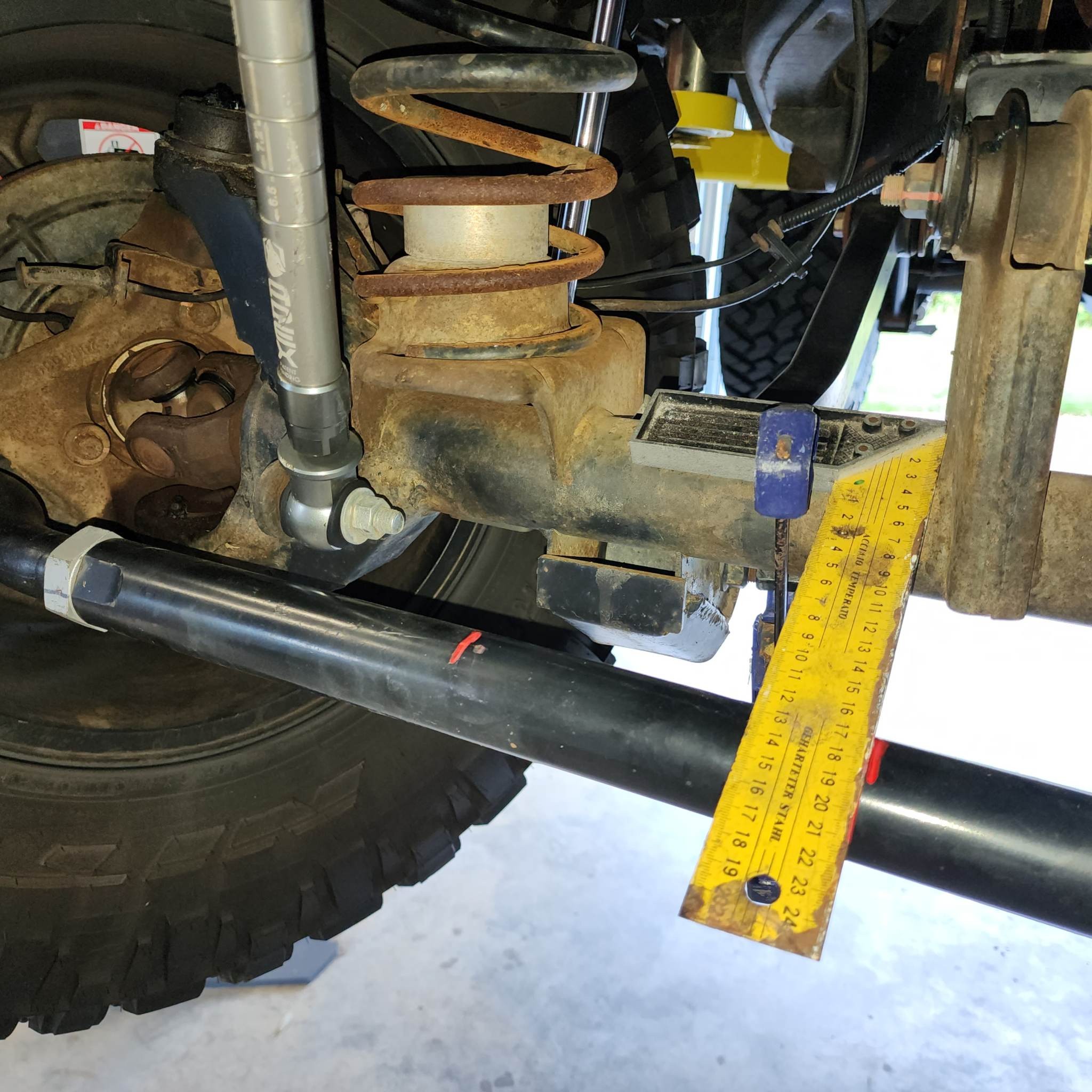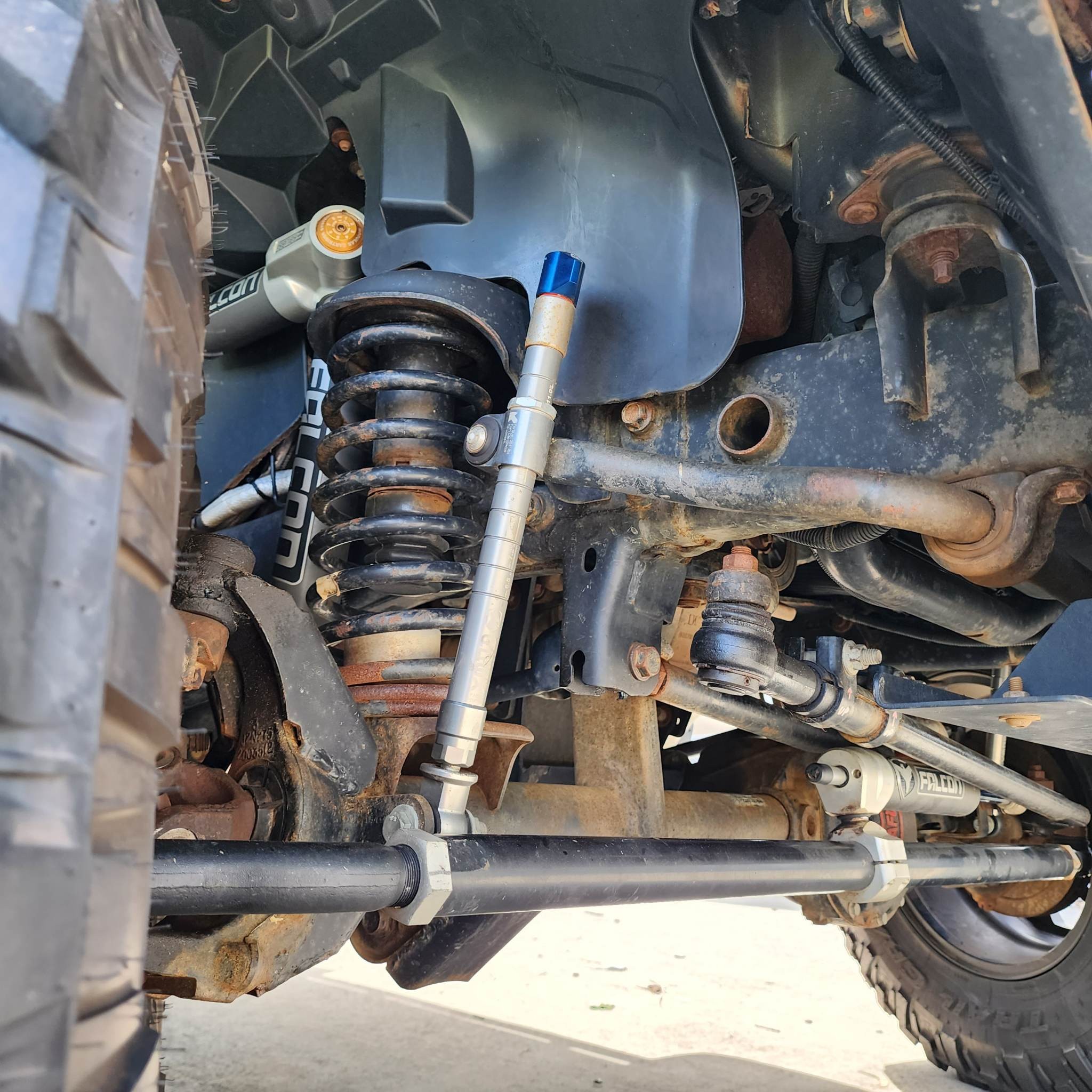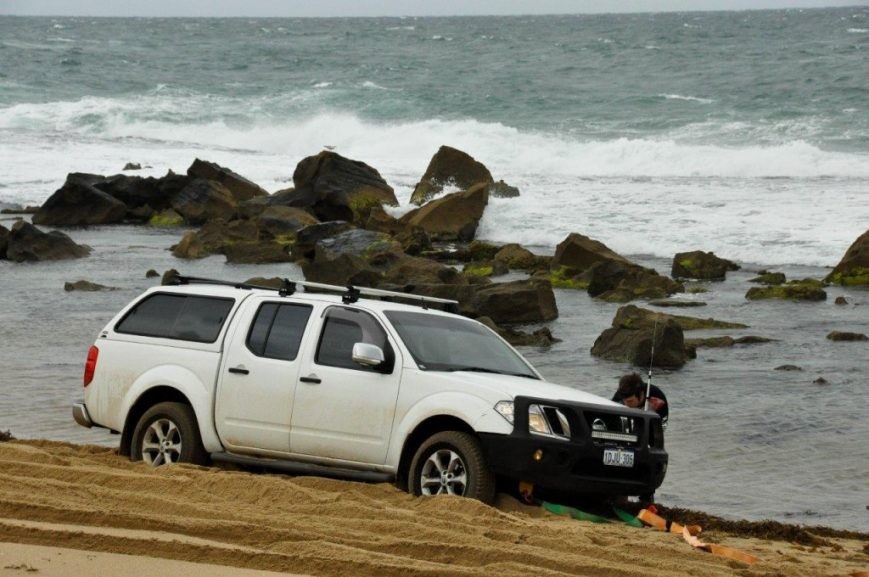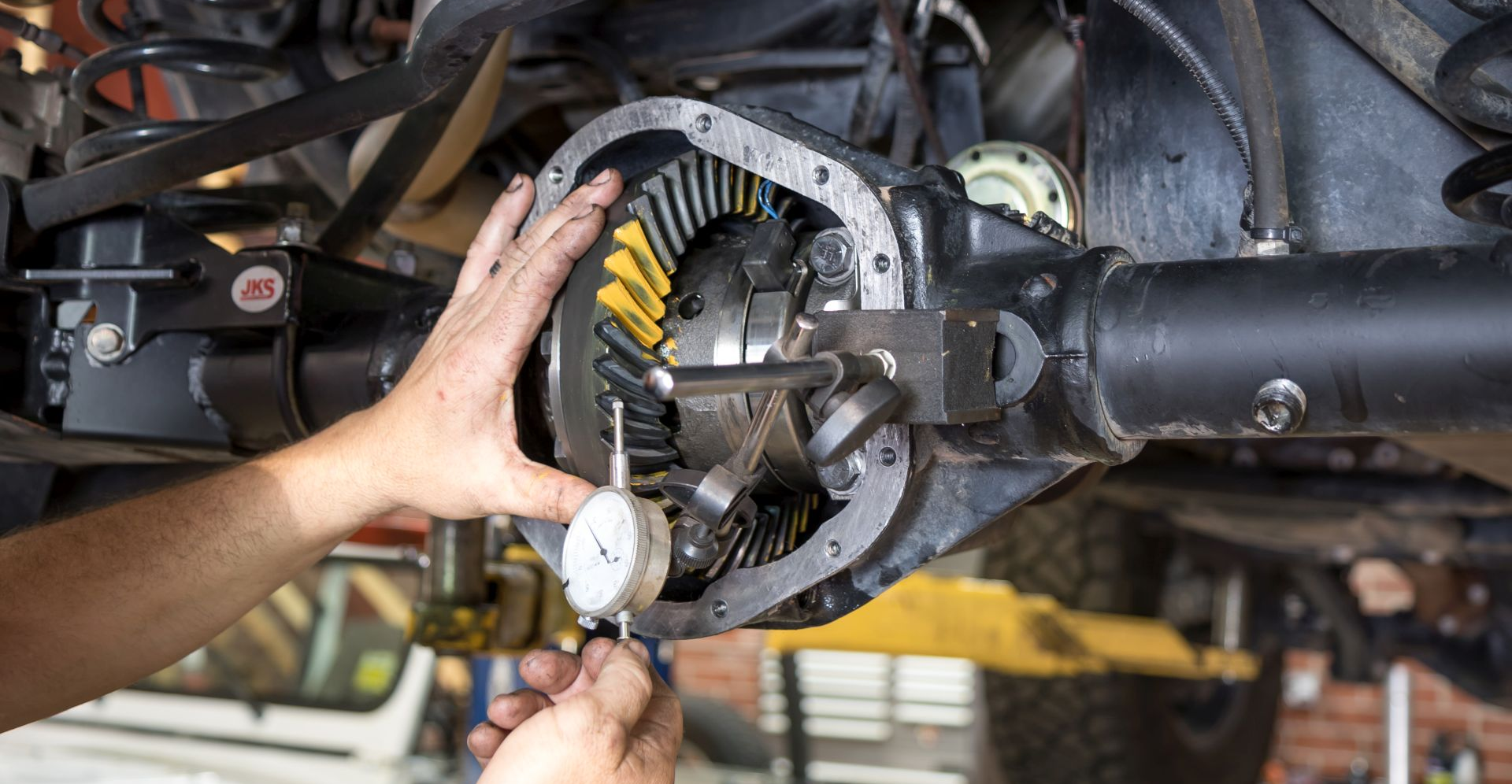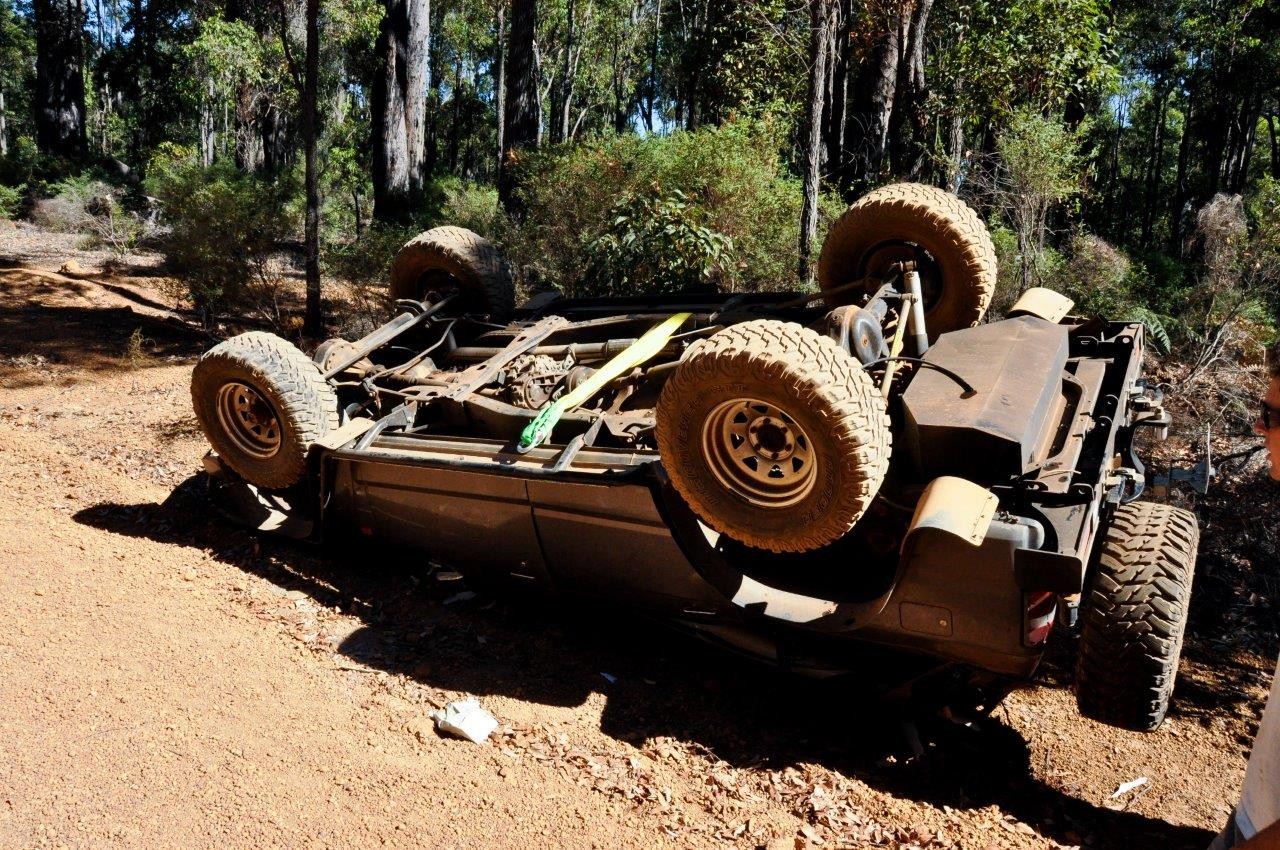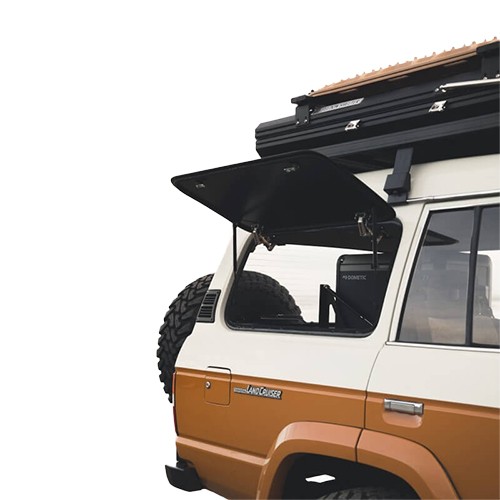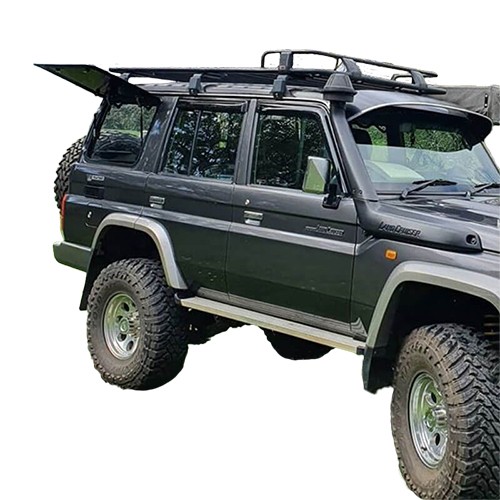Driving A 4wd Vehicle
4wd vehicles come in all different shapes and sizes. Often vehicles have different features and equipment, however there are several features that they all have in common. This article aims to define the basics you should know about your 4wd before attempting to go off-road.
Drivetrain
An off road vehicle can be constant 4wd, part time 4wd or both.
Constant 4WD
An example of a constant 4wd is a Range Rover. It is constantly in 4wd mode and cannot select 2wd at any stage.
Part Time 4wd
A Nissan Patrol is a part-time 4wd which means it can switch between 2wd and 4wd. 4wd should only be selected when on slippery surfaces. A Nissan Patrol cannot be driven in 4wd on a road because it will suffer from what’s known as axle/transmission windup. This is covered later in the article.
Best of Both Worlds
Mitsubishi Pajero’s are an example of a 4wd that can be in constant 4wd on the road or part time 4wd. It can select 2wd, constant 4wd and locked 4wd. The pajero has a centre differential which allows the 4wd to be used on normal roads. The center differential can be locked for offroad use.
Axle Windup
When you are travelling in a straight line, all four wheels rotate at the same speed. During cornering, this is not the case. Each wheel travels at a different speed based on the radius of the turn you are making. A differential is put on the front and rear axles to allow the wheels on the same axle to rotate at a different speed. Constant 4wd vehicles have a center differential to allow for different speeds between front and back wheels. Most part-time 4wd vehicles do not have a center diff.
When a part time 4wd (without a center diff) attempts to take a corner on a bitumen road, all wheels are required to rotate at different speeds. With the lack of a center diff, they are not able to travel at different speeds. This creates a problem for the axles and transmission. This is called Axle Windup.
High strain is placed on the drive shafts and transmission. This axle windup causes one of 2 things to happen. One of the wheels can slip or spin to overcome the stress, or you will cause failure of a driveshaft or transmission. This is why part time 4wd cars should never select 4wd on bitumen.
To solve this issue, constant 4wd vehicles have a center differential that allows the front and rear wheels to spin independantly of each other. This causes another issue once off-road, however. When a lack of traction is available on either front or rear, a constant 4wd vehicle can be left spinning a wheel.
A center diff lock is used to prevent this situation and force all 4 wheels to spin at the same rate. It is then obvious that a center diff lock should never be used on bitumen.
Low and High Range
The high range ratios in 4WD mode are the same as the gear ratios in 2WD. When low range 4WD is chosen, the gear ratios are about half that of high range, although the exact ratio varies for each vehicle manufacturer.
To enable a 4WD to travel at lower speeds while travelling on rough terrain it needs lower gear ratios. Not all 4WDs have low range gearing & this restricts their ability to tackle rough terrain. However 4WDs that lack low range gearing are usually not built for extreme off-road conditions or sometimes have a "crawler" 1st gear to compensate for the shortage of low range gearing.
For example this means that if an engine speed of 3000 rpm in high range fourth gear is 100 km/h, then in low range at the same engine speed & the same gear, the speed would be around 50 km/h.
Some points to note about low range gearing are:
- You cannot select low range in 2WD mode.
- You do not must make use of low range as soon as you put the vehicle in 4WD, but only if the terrain requires it.
- On most vehicles you require to be stationary when changing from high to low range, check your owners manual for your particular vehicle.
A handy hint when reversing along with your vehicle while towing is to pick low range 4WD to be able to move very slowly without having to slip the clutch. However you can only do this in case you have a constant 4WD or your part-time 4WD is fitted with free-wheeling hubs AND they are not locked in, otherwise you will cause transmission windup.
Free Wheeling Hubs
Free wheeling hubs are fitted to reduce wear on the front diff and drive shaft, and to (marginally) help improve fuel economy when it is in 2WD. Permanent 4WD's do not have free wheeling hubs as they are always in 4WD and need the front wheels to be permanently connected to the axle.
If your vehicle is fitted with free wheeling hubs, you will need to lock them in before selecting 4WD. The free wheeling hub connects the front wheel to the front axle allowing it to be driven when wheel drive is selected.
In the event you pick 4WD without the freewheeling hubs locked in, then you will only be in 2WD, although the 4WD dash light indicator (if fitted) will show 4WD. Even experienced 4WDrivers make this common mistake of forgetting to lock the freewheeling hubs.
Approach & Departure Angle
The approach angle is the steepest incline that the vehicle can approach from a level surface without touching any part of the vehicle. The departure angle is the same thing for the rear of the vehicle. The higher the angle, the lower the chance of impacting when climbing or reversing over obstacles.
Rampover Angle
The rampover angle is the largest peak that a vehicle can drive over without touching the underbody. A short wheelbase vehicle invariably has a better rampover angle than a long wheelbase vehicle. The larger the angle the steeper peak the vehicle can travel over.
Steering Wheel Control
When driving off road, it is important not to place your thumbs on the inside of the steering wheel. When driving over any huge ruts or potholes, the wheel could suddenly turn. This may lead to the thumb being bruised or even dislocated if it is left inside the rim.
In time, it should become second nature to always leave your thumbs outside the steering wheel. With power steering fitted to most 4Wdrives these days, this method is not as critical as the power steering unit dampens out sudden steering wheel movements. Owners of non-power steering vehicles will have without a doubt experienced at some time the force at which the steering wheel turns when hitting an obstruction.
Know your Undercarriage
It is important to know the position of your front & rear differentials as they are usually the lowest ground clearance point of your vehicle. Similarly, any other low ground clearance points ought to be noted e.g. exhaust, spare tyre etc. When a massive rock or other hindrance is on a track that you must drive over, you ought to make definite you avoid driving directly over it with the lowest ground clearance point of your vehicle.
Braking
When using the vehicle’s brakes hard, your vehicle’s front suspension compresses and you 'use up' most of its suspension travel, When braking sharply to avoid an obstacle e.g. pot hole or rut, and you cannot stop in time, release the brake pedal just prior to hitting the obstacle. This will allow the front suspension to return to its normal height and give more suspension travel when hitting the obstacle.
Vehicle Limitations
A four wheel drive vehicle cannot be treated like a normal car when cornering. The 4WD will roll over much easier than a car while cornering if they are taken too fast, because it has a higher centre of gravity. This applies to gravel and bitumen roads equally. Although a four wheel drive vehicle generally has better traction on gravel than a car, when safe cornering speeds are exceeded the four wheel drive will tend to roll earlier than a car.

